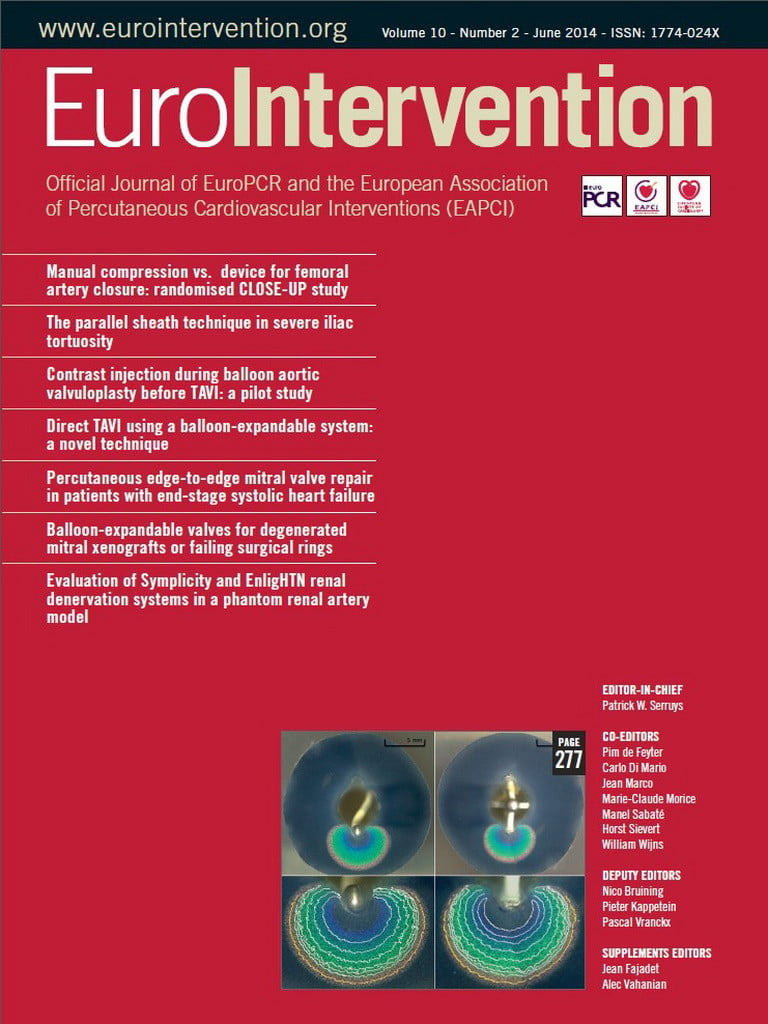I had the great pleasure of attending and also giving the closing remarks at the first PCR Innovation Day last month during EuroPCR. This was a very special session that included physicians and inventors as well as entrepreneurs, investors, start-ups, medical tech incubators, members of regulatory organisations and representatives of the larger companies. It was a genuine reflection of the various active elements seen today within the European cardiovascular innovation landscape.
The goal of the meeting was to create interactions between the various actors, using current clinical unmet needs as a starting point for discussion. These clinical presentations, 15 in total, were divided into four main themes which echoed the PCR course itself: hypertension, vascular disease and heart failure; structural heart disease (mitral and tricuspid); imaging and coronary interventions; interventions in structural and aortic valve disease. I predict that within the next few years many of these interesting innovations will make the transition to become mainstay therapies within our daily practice.
The keynote lectures were, however, the gems of the day. These lectures covered the various aspects of the difficulties encountered with early stage funding; an obstacle encountered particularly within the conservative European venture capital community compared to the risk-taking mentality of US investors. The presentation of two incubators illustrated an alternative route to aspiring inventors who lack access to financial backing and/or limited time or knowledge to move forward with their innovation. Serge Bernasconi from MedTech Europe gave an excellent speech, updating the audience on the current European regulatory environment with particular emphasis on the new EU directive to be launched in 2018. He described the governmental and societal environment in the aftermath of the Poly Implant Prothèse (PIP) breast implant scandal, which has resulted in tougher procedures at the various notifying bodies (NBs). He also discussed proposals for a future centralisation of NBs using medical themes or specific expertise as the primary objective for improvement. The entrepreneur Eric Le Royer, in his keynote lecture, really hit the nail on the head by saying that successful innovation is the result of teamwork…a statement one could consider to be the key message of this first PCR Innovation Day. Very few physicians/inventors have the business know-how to take their ideas forward, while others simply do not possess the time or the necessary financial support.
Looking back on this day, it is quite refreshing to realise that a very significant amount of innovation continues to originate in Europe. This healthy European drive is still more than present among us and most definitely thriving, despite the emergence of increasingly important, emerging markets such as China and Brazil. We see today that many First-in-Man studies still take place in Europe due in part to a favourable regulatory atmosphere thanks to our unique CE marking system. However, there is much work to be done – work in enticing European investors into the field of medical tech innovations, and in improving regulatory affairs with patient safety as the primary objective whilst avoiding undermining the growth, creativity and the development of our European innovation.
We look forward to next year’s Innovation Day to see how many new connections have been made during this year’s edition between the various actors in our innovation landscape.
After all, it’s only when the dots are connected that the outline of an object can truly be revealed.

